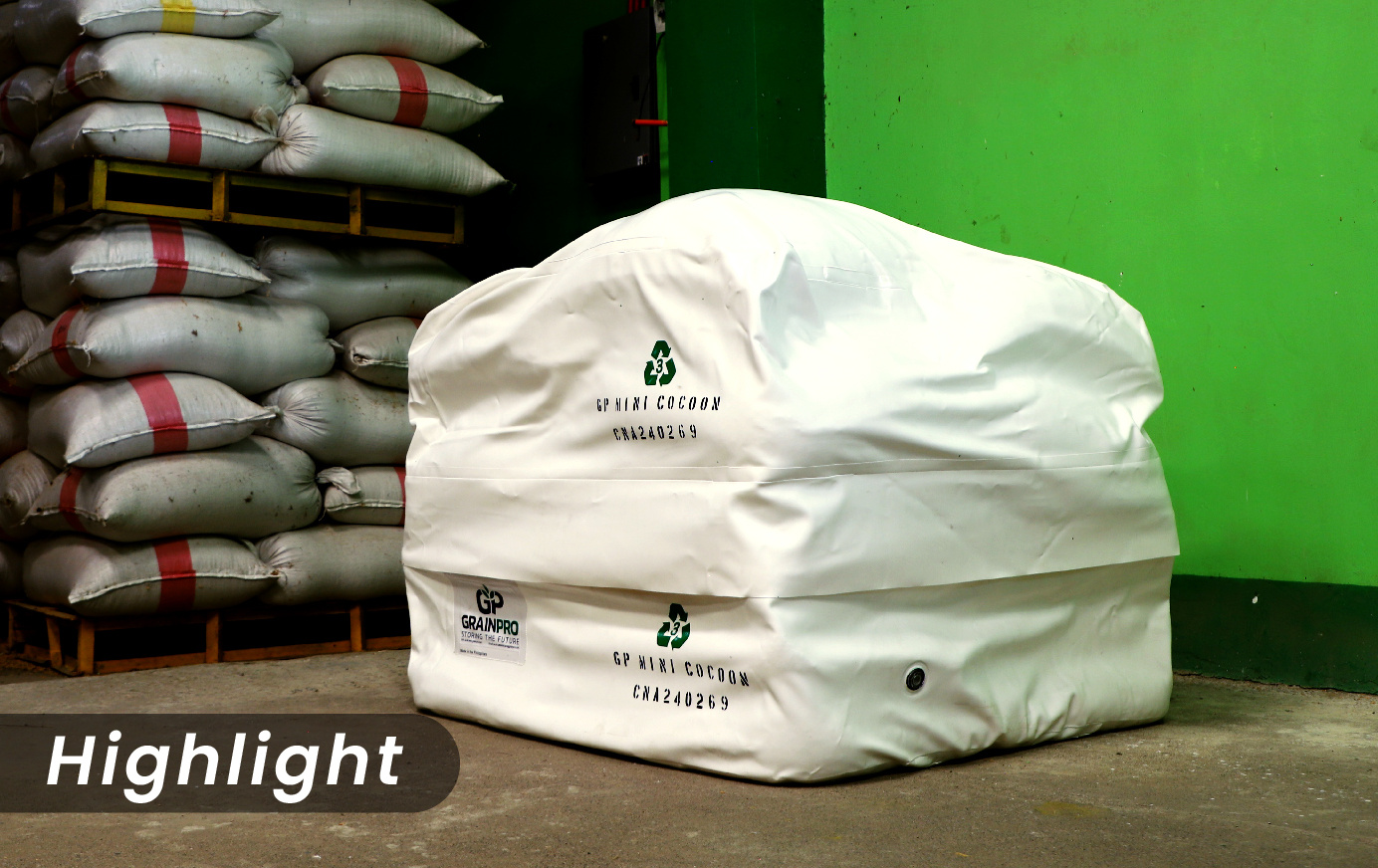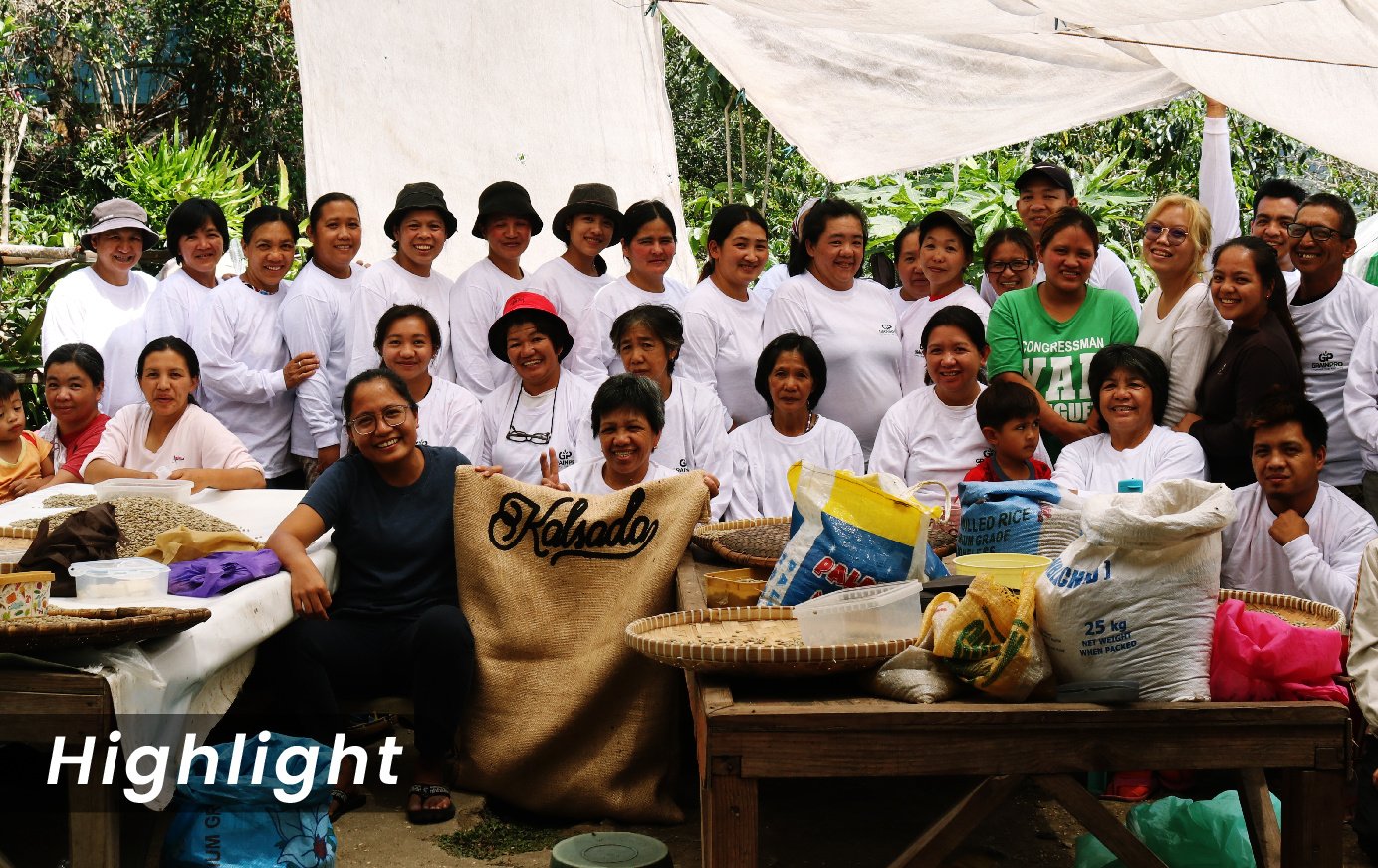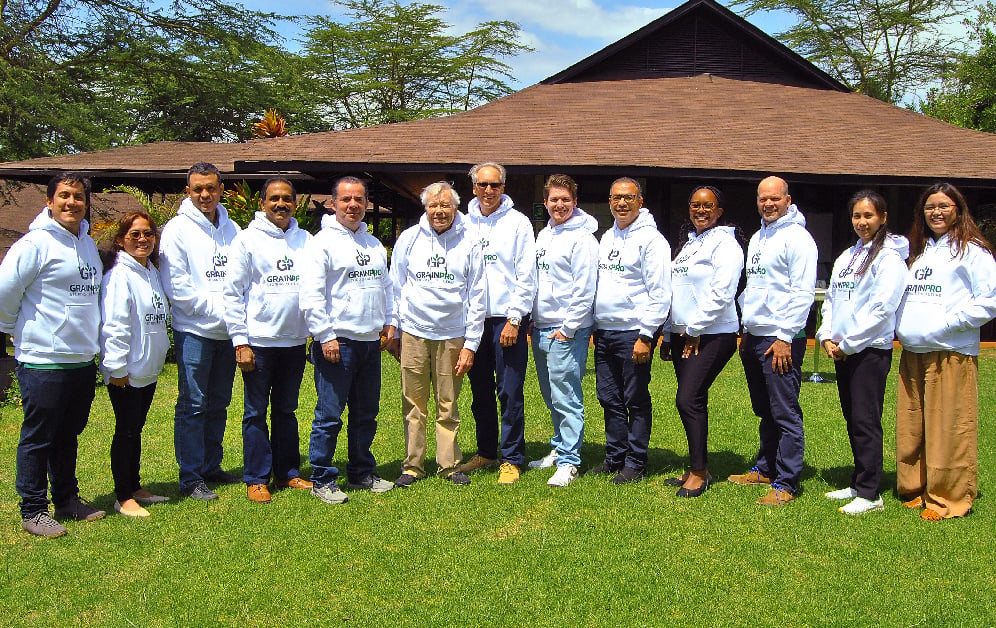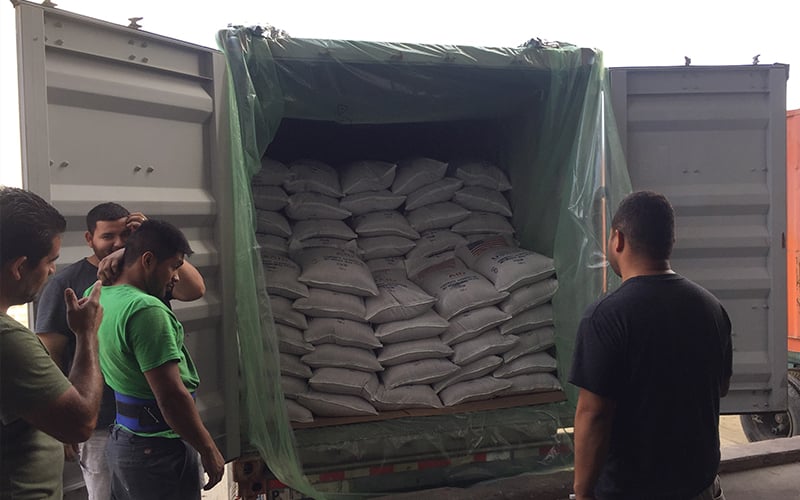If you’re in the grains business, you may have encountered some difficulties when it comes to transporting your products. Delays in shipment, lack of labor, or other logistical problems can seriously affect your operations.
A major headache is experiencing losses because of mold growth in your products. Your selling prices are affected and you’ll be forced to get rid of your contaminated grains somehow. But did you know there are actually several ways that can help you prevent this?
Here are a few steps to help you transport grains without loss to molds:
Properly dry your grains at a safe moisture content level before storage and/or transport. Doing this will save you a lot of grief because sufficiently dried crops have a far less likely chance of growing molds. Drying needs to be done until there is an equilibrium between the moisture in the commodity and the moisture in the air. Using mechanical dryers is a popular and effective method, but this can become costly, especially for smallholder farmers.
Other cost-effective methods include sun-drying with a sturdy mat or drying floor that keeps away contaminants and foreign matter from your harvest.
You also have to monitor the moisture content of your crops before loading or storing them in a shipping container. Remember that different products have different equilibrium contents. Crops like coffee and milled rice are safe at 12% moisture, while products with high-fat content such as cocoa and peanuts are safe at 7%. Maize and wheat are safe at higher levels of around 13-14% moisture content. Using a reliable moisture meter can help you easily determine if your crops are at a safe moisture content.
Eliminate excess moisture in your shipping containers. This can be easily done with the help of oxygen absorbers. These are packets of iron powder that draw oxygen from the air, so your products are protected from mold growth. This is because oxygen carries moisture from the air, so less oxygen means less moisture inside the shipping containers.
Molds need moisture to grow, so making sure your container remains dry can significantly help you.
Use maximum transport protection. One of the most effective transport solutions in the agricultural trade is the TranSafeliner (TSL), which is a liner placed around the crops that helps reduce excess moisture in shipping containers.
The material of the TSL keeps out moisture, so mold growth is inhibited. So even if your grains are shipped from a tropical country and arrive at a cooler area, the difference in temperature will not cause any moisture condensation.
Failing to do these steps can lead to damage because of changes in the fat content of your commodity or even lead to mold growth. Not only is your business affected, but the health of those who will consume your crops can be compromised as well.
According to experts, even if there are no visual signs of mold growth (such as black spots or discoloration of the grains), traces of toxic substances like mycotoxins can still be found. These toxins are not restricted to grains alone, but can also occur in coffee beans, cocoa beans, spices, rice, millet, and cereals.
Aflatoxins, which are a type of mycotoxins, have also been found in milk and milk products. This happens when contaminated grains are used to feed cattle.
In a report made by the World Health Organization (WHO), mycotoxins can bring serious health hazards to humans and livestock. Humans who suffer prolonged exposure to food with high mycotoxin levels may develop kidney and liver failure. Even worse, these substances are known to lead to birth defects.
Livestock that are exposed to mold-contaminated feed also suffer from liver damage. Animals are seen to develop reproduction delay, reduced weight gain, and become more vulnerable to disease.
The serious hazards and risks that mold growth causes are issues that many developing countries face. Your grains can be a source of healthy food for communities if you take these steps to prevent mold growth.
These simple steps and solutions can help you protect your grains, business, and community.
Date Published: February 17, 2020




